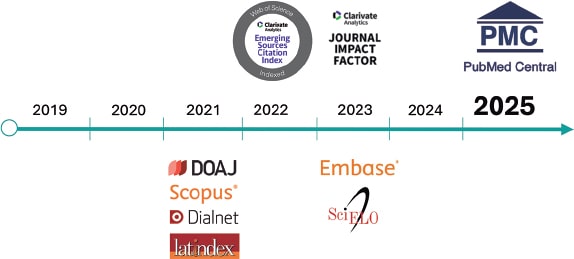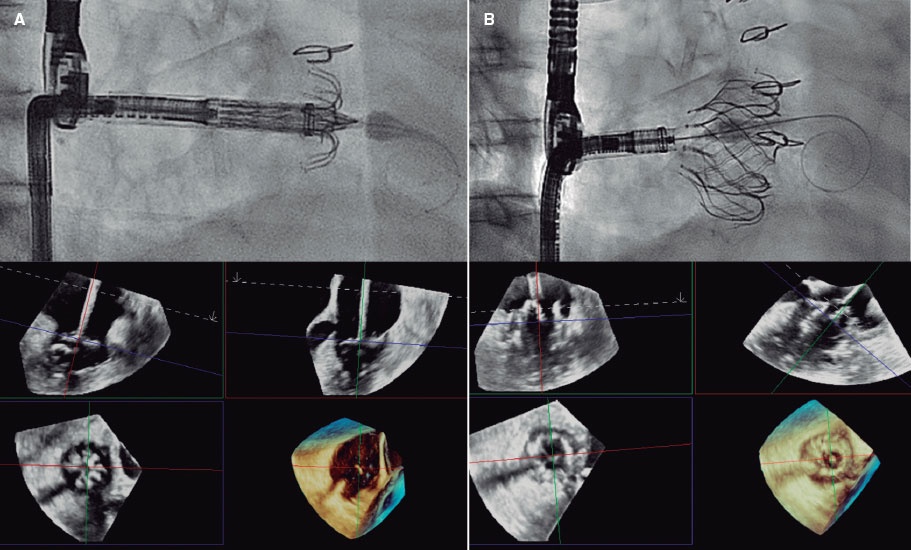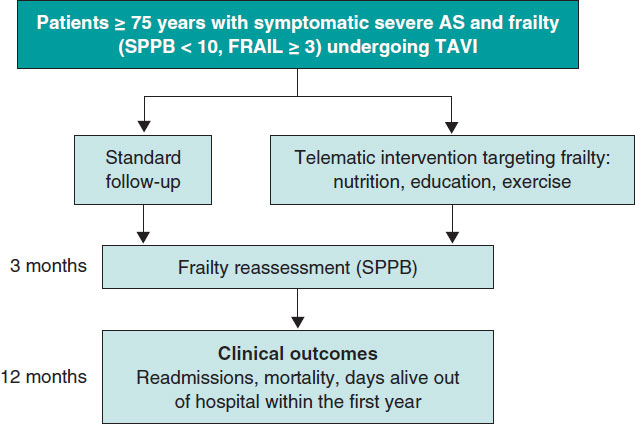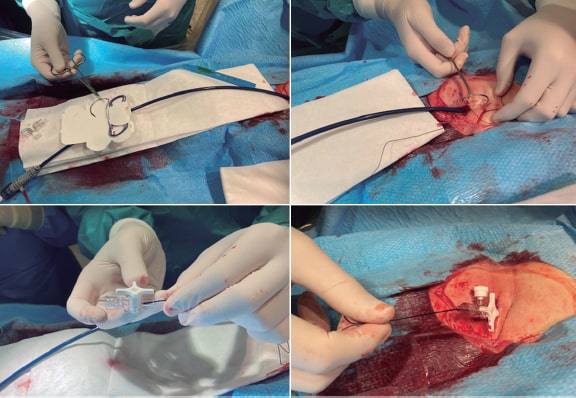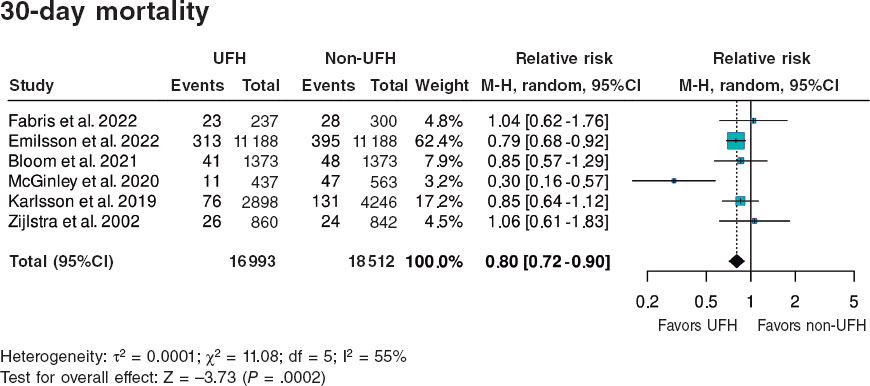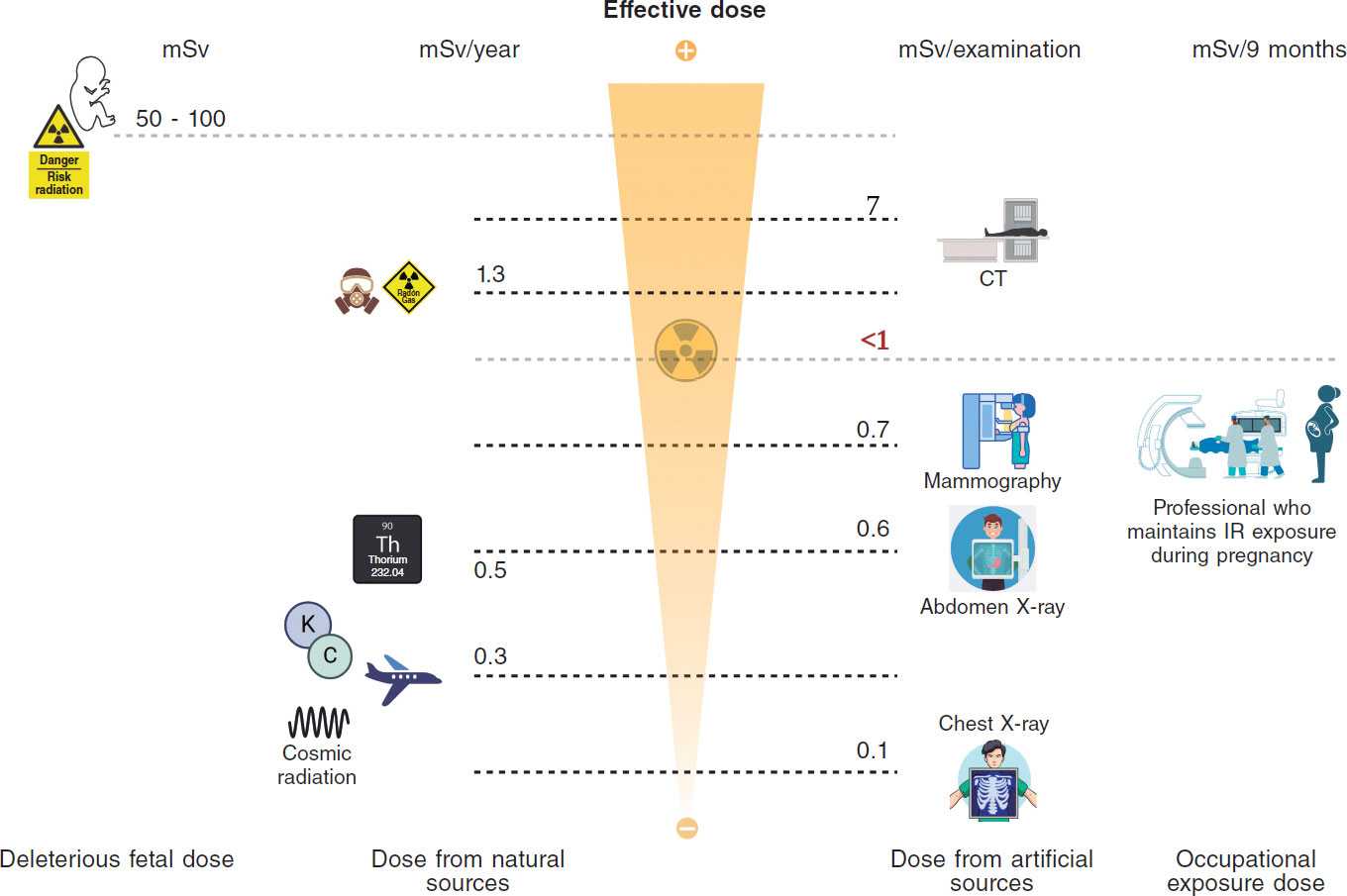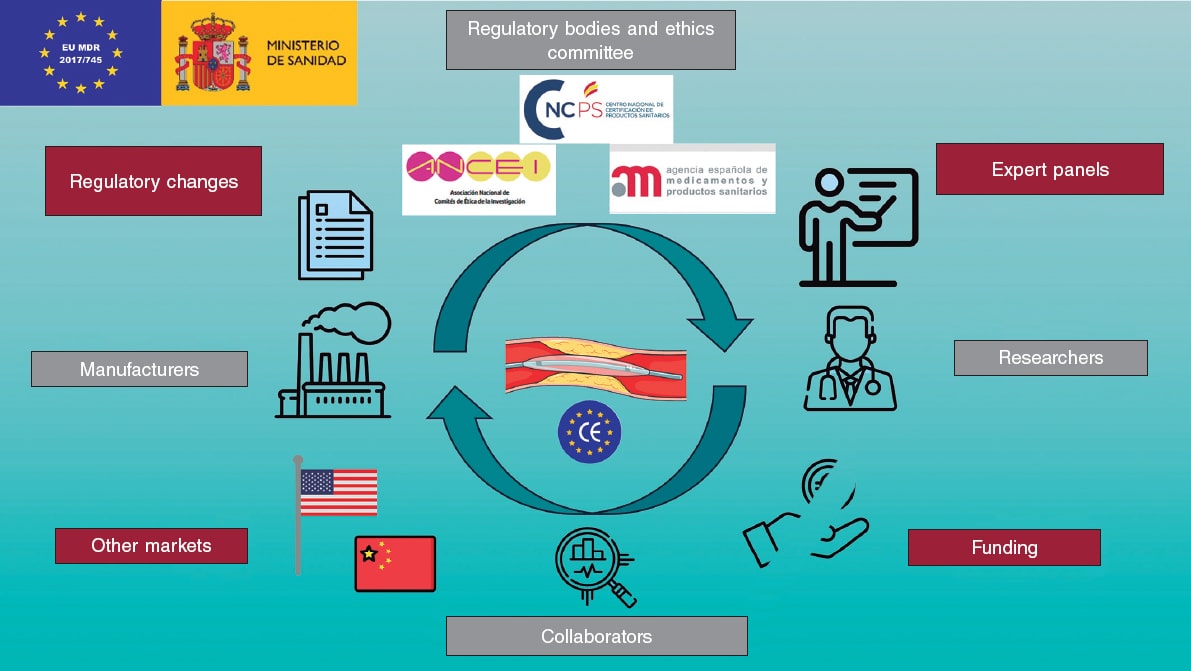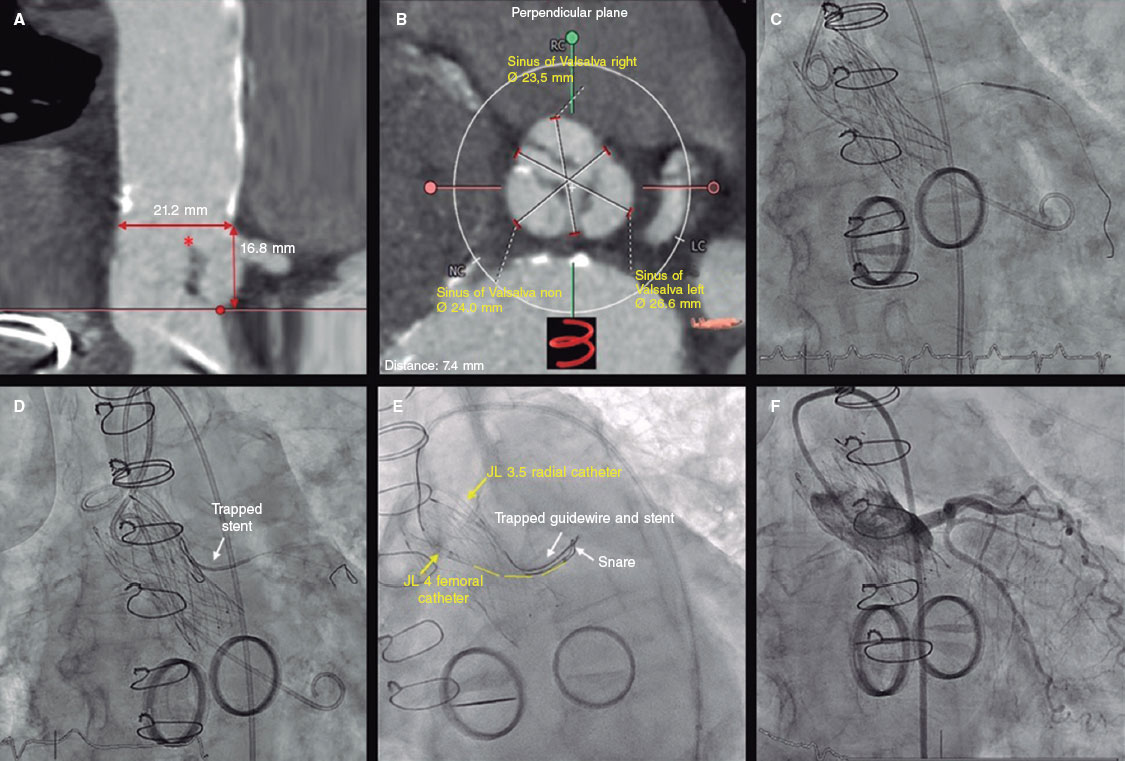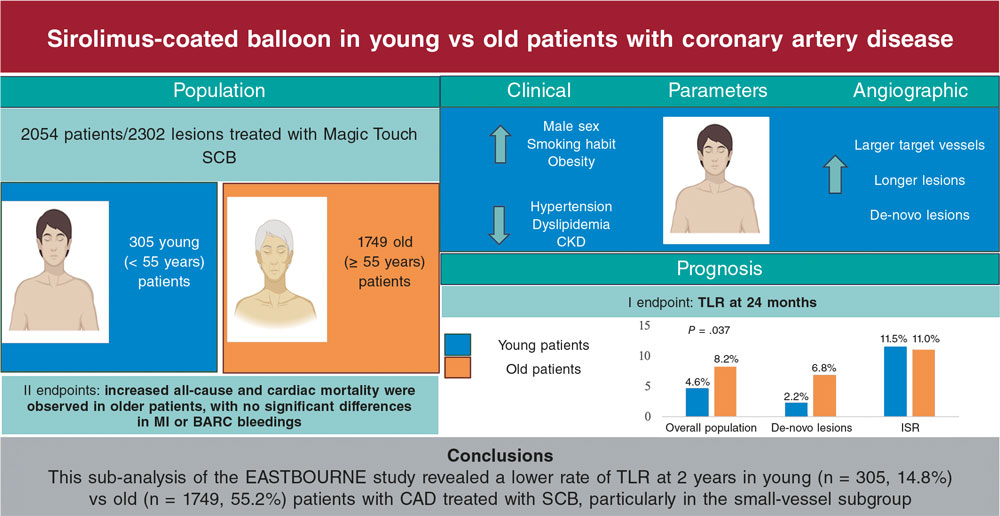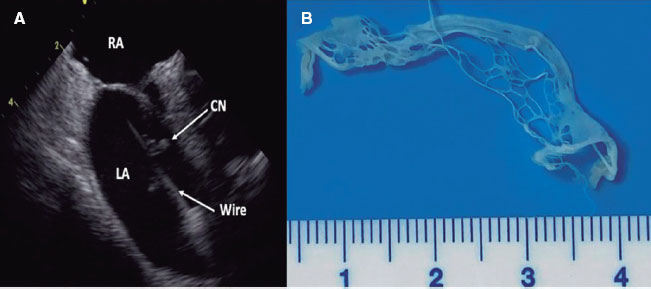We have been treating patients with severe aortic stenosis and low surgical risk using transcatheter aortic valve implantation (TAVI) for quite a few years, and the proportion of patients with this profile treated with this option is increasingly higher.1 However, the rapid expansion of this technique is unfolding with relevant unknowns that are still under investigation,2 such as the risk of infective endocarditis (IE)—a rare yet serious complication. In a study recently published in REC: Interventional Cardiology, Barreiro et al.3 investigated the actual incidence and prognosis of IE in this context compared with patients undergoing conventional surgical aortic valve replacement (SAVR) with a biological prosthetic valve.
In the study, the direct comparison between the incidence of IE in patients undergoing TAVI and those treated with SAVR shows that the rate is very similar across groups (1.29% in TAVI vs 1.64% in SAVR).3 This incidence—although low—is higher than that reported in studies conducted with low-risk patients, such as the NOTION trial (0.5% in TAVI vs 0.8% in SAVR at 5.6 years) and the PARTNER 3 trial (0.4% in TAVI vs 0.6% in SAVR at 3 years).4,5 On the other hand, the authors report a similar rate of surgical procedures performed in both groups and an equally similar overall mortality rate. These findings contrast with previous reports that suggested a lower indication for surgery in patients undergoing TAVI with IE complications,6 but also lower mortality rates in the TAVI group (at 1 year, 27.3% in the TAVI group [95% confidence interval, 1-53.6%] vs 51.8% in the SAVR group [95% confidence interval, 28.2-75.3%]).7
To interpret these discrepancies with former studies, it is essential to consider the differences in the patients’ baseline profile. One of the most relevant aspects is the significant disparity across the groups in terms of age, comorbidities, and surgical risk profile. Patients undergoing TAVI were considerably older than those treated with SAVR (76 vs 63 years; P < .001), which per se increases the risk of complications, including IE. Additionally, TAVI patients had a higher prevalence of diabetes (70% vs 29%; P = .034), which is a known risk factor for contracting IE and having a worse prognosis.8-10 Although Barreiro et al.3 clarify that TAVI was performed in patients with significantly higher EuroSCORE II scores no full adjustment was made for these differences when studying the rate of IE. Therefore, SAVR patients were generally younger and had a lower comorbidity burden, which could have influenced a higher reintervention rate and reduced IE mortality, not necessarily attributed to the type of intervention per se. This suggests that the similar rates of IE and its intervention, as well as similar prognoses, might not hold true if populations were truly comparable. Differences with other studies may also be due, as the authors acknowledge,3 to the small number of patients analyzed.
The study also addresses the characteristics of IE in patients unergoing TAVI and SAVR, highlighting that a significant proportion of early IE (around 50%) was observed in the 2 groups. In this regard, there are several differential nuances that should be taken into consideration:
-
–The possibility of infection in the early stages after TAVI could be related to valve manipulation during implantation, not always under the same sterile conditions as in the operating room.
– Transfemoral access per se could expose patients to certain colonizing pathogens, such as enterococci, which are currently the most common in IE in TAVI carriers—but not after SAVR—in most series.
– Post-TAVI manipulations are different and could act as an entry point. Although generally minimally invasive, certain surgical procedures—such as pacemaker implantation—are more frequent, and TAVI is increasingly performed in patients with active gastrointestinal oncological processes, which are a predisposing factor for very characteristic IE-causing microorganisms.
– Finally, the above-mentioned worse profile of TAVI patients, with older age and presence of comorbidities—particularly diabetes mellitus—are factors favoring IE by increasing susceptibility to infections.
The fact that these patients are more prone to infectious complications means that direct comparison with younger, less comorbid patients undergoing SAVR should be interpreted with caution without proper adjustment for these factors.
In conclusion, the study by Barreiro et al.3 provides valuable data on the rate of IE in patients undergoing TAVI vs SAVR. The lack of a difference-adjusted analysis in the baseline characteristics between the 2 groups is per se a limitation that should not be overlooked. Differences in age, comorbidity prevalence, and baseline surgical risk may have significantly influenced the results obtained. The incidence of IE is, in part, a reflection of the patients’ underlying risk, and not just the type of surgery performed, which is why the results of this study should be interpreted with caution.
FUNDING
None declared.
CONFLICTS OF INTEREST
None declared.
REFERENCES
1. Castrodeza J, Amat-Santos IJ, Blanco M, et al. Propensity score matched comparison of transcatheter aortic valve implantation versus conventional surgery in intermediate and low risk aortic stenosis patients:A hint of real-world. ardiol J. 2016;23:541-551.
2. Amat-Santos IJ, Díez-Villanueva P, Diaz JL. Post-TAVI outcomes:devil lies in the details. Aging (Albany NY). 2019;11:9221-9222.
3. Barreiro L, Roldán A, Aguayo N, et al. Infectious endocarditis on percutaneous aortic valve prosthesis:comparison with surgical bio-prostheses. REC Interv Cardiol. 2024. https://doi.org/10.24875/RECICE.M24000489.
4. Thyregod HGH, Jørgensen TH, Ihlemann N, et al. Transcatheter or surgical aortic valve implantation:10-year outcomes of the NOTION trial. Eur Heart J. 2024;45:1116-1124.
5. Mack MJ, Leon MB, Thourani VH, et al. Transcatheter Aortic-Valve Replacement in Low-Risk Patients at Five Years. N Engl J Med. 2023;389:1949-1960.
6. Amat-Santos IJ, Messika-Zeitoun D, Eltchaninoff H, et al. Infective endocarditis after transcatheter aortic valve implantation:results from a large multicenter registry. irculation. 2015;131:1566-74.
7. Lanz J, Reardon MJ, Pilgrim T, et al. Incidence and Outcomes of Infective Endocarditis After Transcatheter or Surgical Aortic Valve Replacement. J Am Heart Assoc. 2021;10:e020368.
8. Abramowitz Y, Jilaihawi H, Chakravarty T, et al. Impact of Diabetes Mellitus on Outcomes After Transcatheter Aortic Valve Implantation. Am J Cardiol. 2016;117:1636-1642.
9. van Nieuwkerk AC, Santos RB, Mata RB, et al. Diabetes mellitus in transfemoral transcatheter aortic valve implantation:a propensity matched analysis. ardiovasc Diabetol. 2022;21:246.
10. García-Granja PE, Amat-Santos IJ, Vilacosta I, Olmos C, Gómez I, San Román Calvar JA. Predictors of Sterile Aortic Valve Following Aortic Infective Endocarditis. Preliminary Analysis of Potential Candidates for TAVI. Rev Esp Cardiol. 2019;72:428-430.


